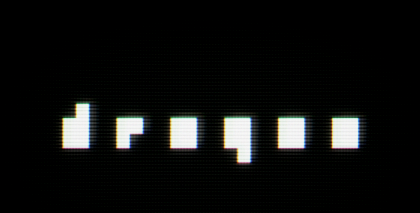Following a conversation with Xalavier Nelson Jr. about my process and about how my process produces games that are missing a 'resolution' or satisfying end to dialogue with the player, I reflected upon the design of Big A little a; here are my observations.
(SPOILERS)
Big A little a has a discrete collection of player powers: "ji", "A", "a", "|<".
Big A little a has two endings.
You can (easily) reach the right-side ending without using a or ji, which lead Daniel Linssen to comment that he thought he did something wrong --- belying, I think, an incomplete satisfaction with the game mechanics. He also said it depends on if he got "the best ending" or not.
There is no best or better ending; the left-side ending requires the usage of a and ji, but can be completed without the others. It is not "better" though.
The two endings together activate the full set of powers but there is no one whole satisfying experience.
---
OK, I think that's everything.
(SPOILERS)
Big A little a has a discrete collection of player powers: "ji", "A", "a", "|<".
Big A little a has two endings.
You can (easily) reach the right-side ending without using a or ji, which lead Daniel Linssen to comment that he thought he did something wrong --- belying, I think, an incomplete satisfaction with the game mechanics. He also said it depends on if he got "the best ending" or not.
There is no best or better ending; the left-side ending requires the usage of a and ji, but can be completed without the others. It is not "better" though.
The two endings together activate the full set of powers but there is no one whole satisfying experience.
---
OK, I think that's everything.
